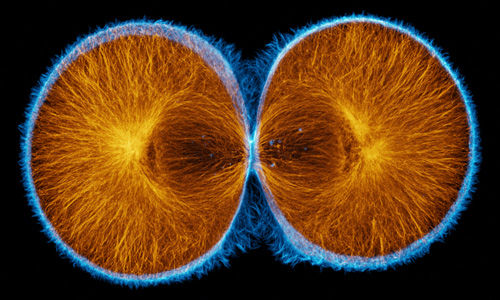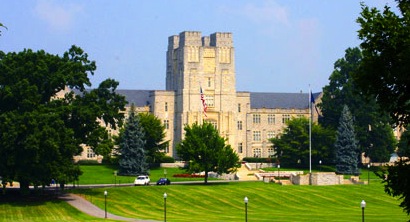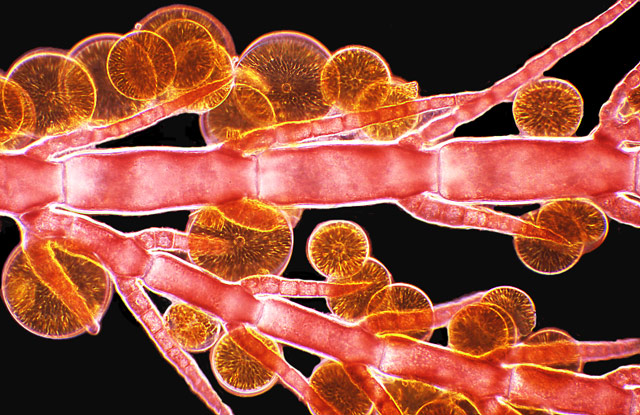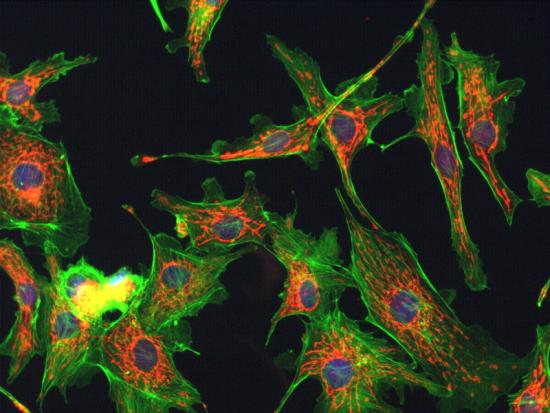Team:Virginia Tech
From 2011.igem.org
| (50 intermediate revisions not shown) | |||
| Line 3: | Line 3: | ||
<!-- LORAN, put a better picture here pretty please; it'd be really great if you could make a header which includes the little navigation box and an image, to have at the top of every page (navigation box is currently at the bottom of this page; this random example that I found looks pretty simple, it's just a modified box with an image on top: https://2010.igem.org/Team:Baltimore_US; just press "view source" to see and steal their code --> | <!-- LORAN, put a better picture here pretty please; it'd be really great if you could make a header which includes the little navigation box and an image, to have at the top of every page (navigation box is currently at the bottom of this page; this random example that I found looks pretty simple, it's just a modified box with an image on top: https://2010.igem.org/Team:Baltimore_US; just press "view source" to see and steal their code --> | ||
<!-- Image at the top of each page --> | <!-- Image at the top of each page --> | ||
| - | [[Image:Virginia_Tech_logo.png| | + | <center> |
| + | [[Image:division.png|225 px|bottom]] | ||
| + | [[Image:Virginia_Tech_logo.png|250px]] | ||
| + | [[Image:diatoms.png|210 px|bottom]] | ||
| + | </center> | ||
<!--- Navigation Box ---> | <!--- Navigation Box ---> | ||
| - | |||
| - | |||
<!-- baltimore's box style: "background-color:#7998AD;" cellpadding="1" cellspacing="1" border="0" bordercolor="#fff" width="924px" align="center" --> | <!-- baltimore's box style: "background-color:#7998AD;" cellpadding="1" cellspacing="1" border="0" bordercolor="#fff" width="924px" align="center" --> | ||
| + | {| style=" background-color:#800000;" cellpadding="1" cellspacing="5" border="0" width="90%" align="center" | ||
| - | + | ||
| - | !align="center"|[[Team:Virginia_Tech|Home]] | + | !align="center"|[[Team:Virginia_Tech|<span style="color:orange;">Home</span>]] |
| - | !align="center"|[[Team:Virginia_Tech/Team|Team]] | + | !align="center"|[[Team:Virginia_Tech/Team|<span style="color:orange;">Team</span>]] |
| - | !align="center"|[https://igem.org/Team.cgi?year=2011&team_name=Virginia_Tech Official Team Profile] | + | !align="center"|[https://igem.org/Team.cgi?year=2011&team_name=Virginia_Tech <span style="color:orange;">Official Team Profile</span>] |
| - | !align="center"|[[Team:Virginia_Tech/Project|Project]] | + | !align="center"|[[Team:Virginia_Tech/Project|<span style="color:orange;">Project</span>]] |
| - | !align="center"|[[Team:Virginia_Tech/Parts|Parts Submitted to the Registry]] | + | !align="center"|[[Team:Virginia_Tech/Parts|<span style="color:orange;">Parts Submitted to the Registry</span>]] |
| - | !align="center"|[[Team:Virginia_Tech/Notebook|Notebook]] | + | !align="center"|[[Team:Virginia_Tech/Notebook|<span style="color:orange;">Notebook</span>]] |
| - | !align="center"|[[Team:Virginia_Tech/Safety|Safety]] | + | !align="center"|[[Team:Virginia_Tech/Safety|<span style="color:orange;">Safety</span>]] |
| - | !align="center"|[[Team:Virginia_Tech/Attributions|Attributions]] | + | !align="center"|[[Team:Virginia_Tech/Attributions|<span style="color:orange;">Attributions</span>]] |
|} | |} | ||
| - | |||
| - | |||
__NOTOC__ | __NOTOC__ | ||
{|align="justify" | {|align="justify" | ||
| + | <h3>Characterization of Fluorescent Reporters:</h3> | ||
| + | |||
| + | [[File:kahn_fl_image.jpg|250 px|right]] | ||
| + | Fluorescent proteins have become ubiquitous tools for studying cellular processes, and are frequently used to visualize the dynamics of synthetic networks in cells. To be particularly effective for these applications, fluorescent proteins must feature fast maturation and degradation rates, and these rates must be well-characterized and documented. The 2011 VT iGEM team has worked to find and characterize fluorescent proteins and degradation tags that more quickly degrade them. Here, we present chemical and mathematical models based on two parameters, maturation and degradation rates, which will hopefully contribute to more quantitative characterization and usage of fluorescent reporters in the future, and will inform future efforts in parts characterization. In conducting our experimentation, we tested different fluorescent proteins with degradation tags in <i>Escherichia coli </i> and <i>Saccharomyces cerevisiae</i> using automated fluorescent microscopy techniques, and then worked to determine a comprehensive, accurate mathematical basis for fluorescent protein characterization. | ||
| + | |||
| + | |||
| - | + | Our team consists of 10 undergraduates from Virginia Tech, UNC Chapel Hill, James Madison University, The University of Maryland, Bluefield State College, and The College of William & Mary. We would like to thank Dr. Jean Peccoud and the Synthetic Biology Group at the Virginia Bioinformatics Institute for lab space, financial support, and guidance. | |
| - | + | ||
Latest revision as of 03:17, 29 September 2011
| Home | Team | Official Team Profile | Project | Parts Submitted to the Registry | Notebook | Safety | Attributions |
|---|
 "
"



